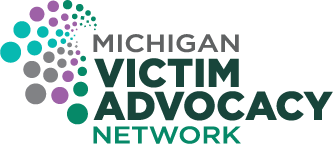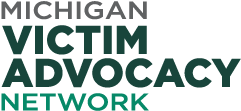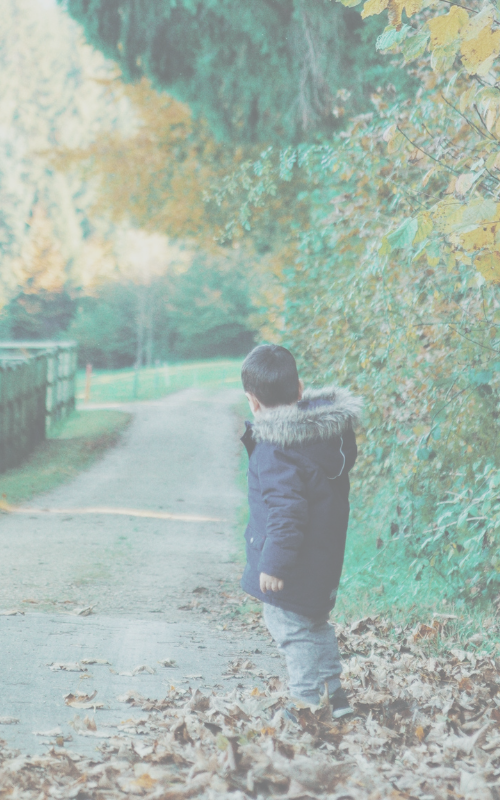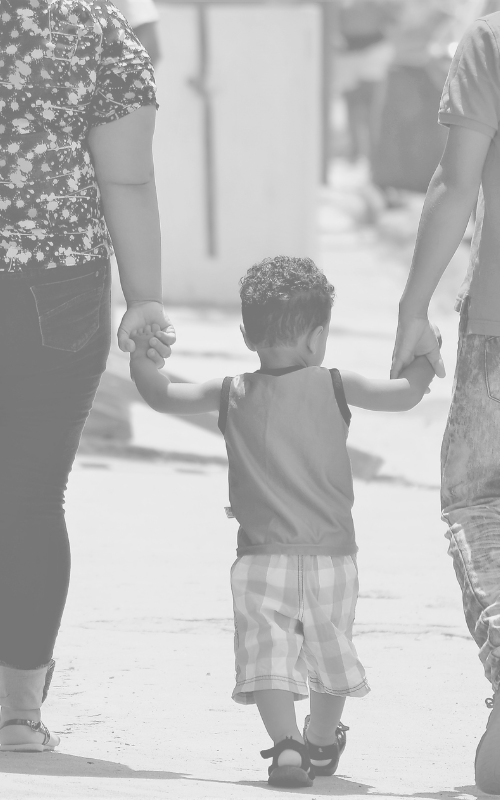Responding to child maltreatment: A clinical handbook for health professionals
This in-depth handbook discusses understanding, identifying, and responding to child maltreatment as well as taking care of the provider’s own mental health. This handbook is intended primarily for front-line health care providers who are likely to see children (among other clients) in their day-to-day practice. It may also benefit other professionals.











